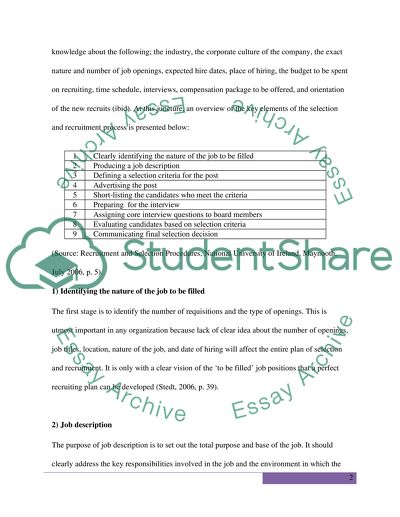Cite this document
(“Analyse the key elements of an effective approach to recruitment and Essay”, n.d.)
Retrieved from https://studentshare.org/environmental-studies/1411890-analyse-the-key-elements-of-an-effective-approach
Retrieved from https://studentshare.org/environmental-studies/1411890-analyse-the-key-elements-of-an-effective-approach
(Analyse the Key Elements of an Effective Approach to Recruitment and Essay)
https://studentshare.org/environmental-studies/1411890-analyse-the-key-elements-of-an-effective-approach.
https://studentshare.org/environmental-studies/1411890-analyse-the-key-elements-of-an-effective-approach.
“Analyse the Key Elements of an Effective Approach to Recruitment and Essay”, n.d. https://studentshare.org/environmental-studies/1411890-analyse-the-key-elements-of-an-effective-approach.


